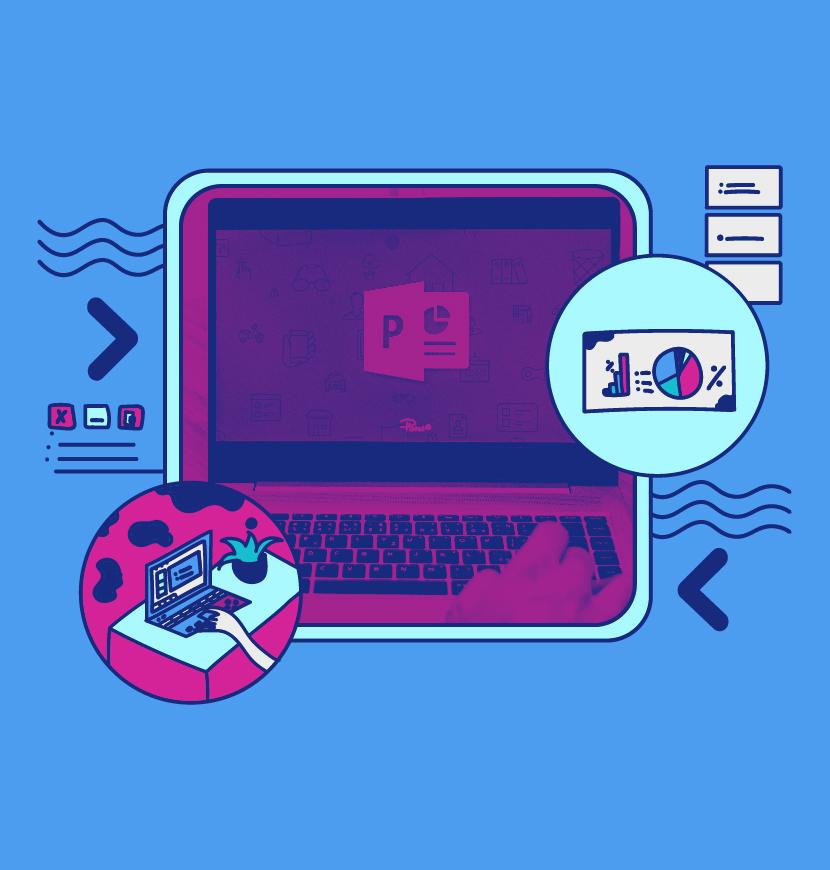How to Prepare for a Presentation
Tips and Advice
3 mins read
Share

Updated at: 25 November, 2025
Published at: 24 September, 2021
By Amira Adel
How to Prepare for a Presentation
Tips and Advice
3 mins read

Updated at: 25 November, 2025
Published at: 24 September, 2021
By Amira Adel
Share
Whether it’s an oral presentation or a PowerPoint one, carrying out a presentation takes a lot of courage. You need to be prepared for the task. With the right public speaking skills, tips, and practice, you can easily ace your presentation. Here are some tips on how to prepare for a presentation as a student.
What Should You Do to Prepare for a Presentation?
1. Arrive Early
What’s even better than arriving on time is arriving early to prepare for your presentation. Always make sure that you get to the location of your presentation as early as you could so you’d have time to set up and avoid technical difficulties. You should also have a backup file with everything you might need just in case. Prepare your flashcards, PowerPoint presentations, visual aids, and most importantly, prepare yourself mentally.

2. Research Well
Read about the topic you’re presenting as much as you can. A little more research never hurts anybody! You should always have more knowledge than what you’re sharing. You should understand the topic thoroughly to be prepared for any question
3. Rehearse
Always rehearse again and again before your presentation. Don’t miss any details while rehearsing, including standing up, the delivery, using gestures, and even going through the slides. Add gestures, point to a picture with your hand, use your hands to emphasize the expressions on your face, or even mimic a motion.
Furthermore, make sure you’re not nervous or anxious while presenting. Usually, If you present while you’re nervous, you may find yourself speeding through the presentation. This can be a problem because your audience might not understand what you’re trying to say and it can also be very distracting. To avoid this, rehearse even the pace of your presentation in advance.
4. Don’t Read
If you have a PowerPoint slideshow presented, try to not read from it so much. The slideshow should have short texts and bullet points; nothing else. Even if you have some flashcards, you shouldn’t read from them as well. You should just skim through them when needed. Flashcards should also have some bullet points of the things you want to cover in your presentation if you just need to look at them, but not long paragraphs to read from.
5. Show your Personality and Be Yourself
Do you have over-the-top energy or do you have a soft tone that can calm a crowd? Are you good at impressions? Don’t be afraid to show your personality while presenting. Whatever you got, use it and be you! This will actually make your presentation more interesting.
6. Improve
No one is ever 100% sure what they’ll say or how they’ll say it or even what will happen during your presentation. If things didn’t go as planned, don’t be afraid to go off-script and pull out the unexpected!
7. Don't Pause
Try as hard as you can not to use filler words in order not to sound unprofessional. If you find yourself stuck in the middle of the presentation, fight the urge to use “um”, “like”, and “so”. You can either pause for a few seconds for emphasis and to collect your thoughts or talk slower.
8. Use Eye Contact
Eye contact is one of the most important presentation tips for students and it also helps the audience to engage more. You should make eye contact with everyone in the room; the students in the front row, in the middle aisle, and at the back.
9. Use the Right Tone
The best public speakers alternate their tone and pitch between loud and low, and excited and serious to achieve what’s called “vocal variety”. This will always make the audience tuned in to what you have to say.
10. Pump Yourself Up
You’re your number one fan! When preparing for a presentation, get yourself excited and full of energy before performing. Your energy level sets the bar. If you get yourself pumped up, your energy will extend to your audience and they will be as excited as you are!
To sum it all up, preparing for presentations as a student isn’t as hard as it seems to be. Practice makes perfect! Invite your group to your student accommodation to practice together and follow these simple tips to ace your presentation.
Tips and Advice
By Amira Adel
Share
Tips and Advice
Updated at:
Published at:
By Amira Adel
Share



